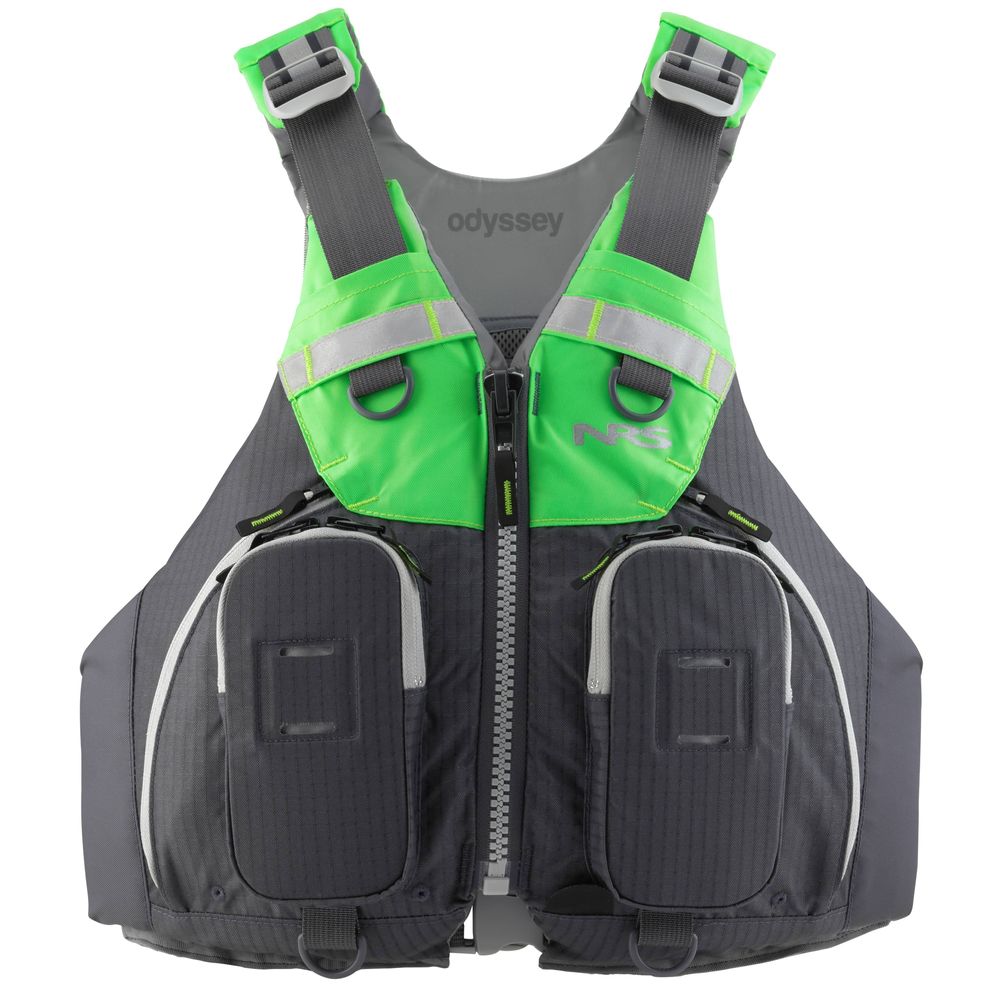It is important to understand buoyancy ratings and compare that against all-up paddler weight. I have seen more than a few paddlers over the last couple of years carrying a good bit of gear on-body. Survival kits, handguns, carabiners, z-drags, phones, GPS, etc. If it sinks when you drop it in the water, you must take the weight of such items into account when calculating buoyancy needs. It doesn't take long at all to hit 10 pounds on-body when considering clothing, footwear, and carry items.
The following is an excerpt from goairkayaks.com :
Approximately 80% of the human body is water, thus will not weigh you down (has no weight) in water. Additionally, bodies on average have 15% fat, which is lighter than water. There are other factors that play a part, such as lung size, clothing and whether the water is calm or rough, but those two are the major factors. In general, the more physically fit you are (the less fat on your body), the more buoyancy you will need.
Let’s do the math on a 125 lb and 200 lb person.
125 lbs X 80% water = 100 lbs of water.
125 lbs X 15% fat = 18.75 lbs of fat.
125 lbs minus 100 lbs of water minus 18.75 lbs of fat leaves 6.25 lbs.
Meaning, a typical 125 lb person weighs roughly 6 lbs in the water. Thus a TYPE III vest rated at minimum 15.5 lbs will be more than adequate. A lean person might have only 10% (12.5 lbs of fat), thus weighing 12.5 lbs in the water. Once again, the TYPE III vest will be fine.
200 lbs X 80% water = 160 lbs of water.
200 lbs X 15% fat = 30 lbs of fat.
200 lbs minus 160 lbs of water minus 30 lbs of fat leaves 10 lbs.
Meaning, a typical 200 lb person weighs 10 lbs in the water. Thus a TYPE III vest rated at minimum 15.5 lbs will be more than adequate. A lean person might have only 10% (20 lbs of fat), thus weighing an additional 10 lbs in the water and needing a higher buoyancy of 20 lbs.
As you can see, if you are a lean and strong male, it won't take much gear on your person to exceed the capacity of standard flotation aids.
I'm not trying to scold, I just want to mention it in case someone would otherwise find themselves in a situation where their life jacket is insufficient to keep them afloat. I've been there, and it's a disconcerting feeling.




